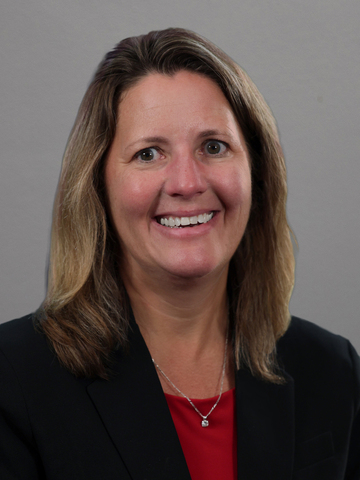
Paraeducator, educational assistant, teacher associate, teacher aide, media associate, lunchroom aide, etc., are often used to describe those who support students in ways different from the teacher and play an important role in the success of all students. Under the supervision and management of teachers, paraeducators do more than check papers or make bulletin boards, they assist a variety of students, including those with and without disabilities, those that might have unique health needs, limited English proficiency and others. Paraeducators work in a wide range of educational settings including classrooms, lunchrooms, playgrounds, school buses, computer labs and media centers. They provide support in early childhood, elementary, middle and secondary school programs.
Major responsibilities of a paraeducator
The prefix “para” means “alongside” as in working alongside an educator. The responsibilities vary depending on the expectations of the teachers, the paraeducator’s skills, experience and job assignment. Responsibilities Include:
- Working collaboratively
- Building and maintaining effective communication
- Maintaining student-centered environments
- Organizing student learning experiences
- Implementing lessons planned by the teacher or other school personnel
- Assessing student needs and progress under the direction of the teacher
Becoming a Paraeducator
Other than a paraeducator serving in a preschool setting, a paraeducator doesn’t need formal training. Anyone who believes all children can learn, has a passion for students and has the willingness to learn and grow can be a paraeducator. Also, everyone (not just paraeducators) must practice ethical behavior and maintain the confidentiality of all information regarding students. Those serving in a preschool setting are required to have a paraeducator certification and an early childhood area of concentration.

Though there isn’t a formal requirement, some districts pay more for those who earn a paraeducator certificate so they can grow in their skills and ability to meet the needs of students. For example, if a paraeducator is working with a student with autism, it would be advantageous to have some formal training in working with students with those unique challenges.
Central Rivers Area Education Agency (AEA) offers training for those wanting to earn their certification through a paraeducator certification program. Each course is taught by experts who are passionate about supporting paraeducators, is approximately 30 hours long and meets at least once virtually with the rest done online. The cost for each course is $120. To register for the course, go to Central Rivers AEA website at www.centralriversaea.org and click on ‘Educators’ and then ‘Classes and Workshops’ and log in or create an account.
Kay Schmalen is the Director of Professional Development for Central Rivers AEA. She can be reached at kschmalen@centralriversaea.org. Central Rivers Area Education Agency provides leadership and service to 53 public and 18 non-public schools in an 18-county area of north central Iowa. Learn more at www.centralriversaea.org.
